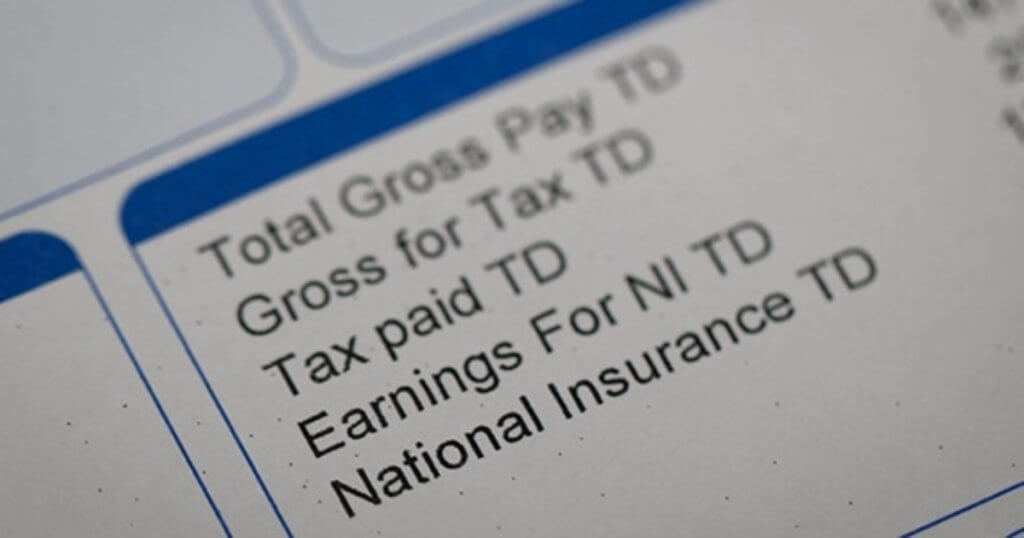What is a tax code?
Your tax code is used to determine how much income tax you’re required to pay. It is worked out by HMRC and sent on to your employer or pension provider. You can find your tax code on your payslips; P45; P60; and on a PAYE Coding Notice.
Tax codes are made up of:
- Numbers that refer to how much tax free income you can have
- A letter that refers to how much tax should be taken from your income
What do the numbers in a tax code mean?
The numbers in your tax code inform your employer or pension provider how much tax-free income you are entitled to. It is based on the Personal Allowance which is the amount of tax-free income you can have each year.
Most people born after 5 April 1938 with one job will currently have the tax code 1257L. This is indicative of the current personal allowance of £12,750.
When calculating your tax code, HMRC work out your Personal Allowance. Income that you haven’t paid tax on such as untaxed interest and part-time earnings are added to your employment benefits (e.g. a company car); the income that you haven’t paid tax on is then taken away from your allowances.
The remaining amount is the tax-free income you’re entitled to in a tax year. This is then divided by 10 to form the numbers in your tax code.
What do the letters in a tax code mean?
The letter in your tax code is used by your employer or pension provider to calculate how much tax to take from your income. There are various letters, each with their own meaning.
| L | Basic tax-free Personal Allowance |
| M | Marriage Allowance (You’ve received 10% of your partner’s Personal Allowance) |
| N | Marriage Allowance (You’ve transferred 10% of your Personal Allowance to your partner) |
| Y | Born before 6 April 1938 and therefore entitled to a larger Personal Allowance |
| T | Tax code includes other calculations; e.g. it’s reduced because your income exceeds the amount for basic rate tax |
| 0T | Your Personal Allowance is used up; or you’ve started a new job with no P45; or your employer doesn’t have required details to give you a tax code |
| BR | All income from this job or pension is taxed at the 20% basic rate |
| D0 | All income from this job or pension is taxed at the 40% higher rate |
| D1 | All income from this job or pension is taxed at the 45% additional rate |
| NT | You’re not paying any tax on this income |
Other letters in a tax code
Sometimes tax codes contain other letters such as a ‘K’ at the beginning or ‘W1’ or ‘M1’ at the end.
If your tax code starts with a ‘K’, this means that you have income worth more than your Personal Allowance that isn’t being taxed any other way. This usually occurs when you’re paying tax owed from a previous year. It can also occur when you get taxable state benefits or receive taxable work benefits.
If your tax code ends with ‘W1’ or ‘M1’, you have an emergency tax code. Your tax is based on your income in the current pay period, as opposed to the whole year. ‘W1’ refers to being paid weekly and ‘M1’ refers to being paid monthly. Your tax code will be updated after giving your new employer your P45.
If you have more than one job
If you have more than one job or pension provider, each will usually use a different tax code. Your Personal Allowance will normally only apply to your main job or pension; however if you don’t pay tax on earnings from your main job, you can share your Personal Allowance across other jobs and pensions.
Can a tax code change?
Your tax change will likely change each year when the Personal Allowance is increased. There are also other reasons why it may change, such as changes to the benefits you receive.
When your tax code changes HMRC will send you a PAYE Coding Notice explaining the change. If you think your tax code is incorrect, you should inform HMRC and they’ll adjust the code if they agree.
You can claim a refund at the end of the tax year if you’ve paid too much tax.




